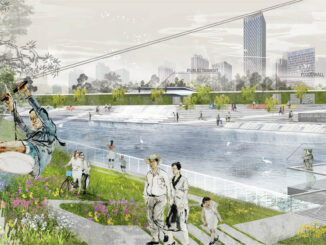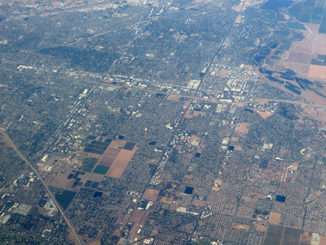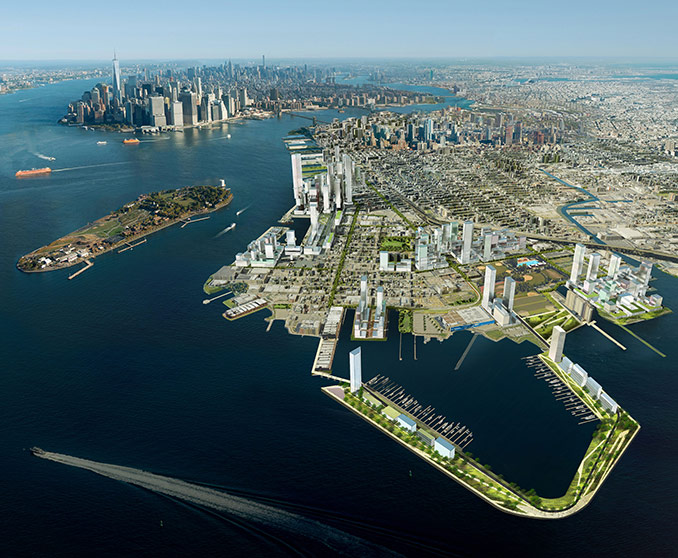
Like all great cities, New York Has remade itself in the face of enormous change— from a port city to mercantile hub to industrial center to financial capital and to, today, a global city, touching the entire world on a daily basis. These transformations have been driven by economic transitions, seismic migrations from inside and outside of the country, social and cultural upheaval and vast technological innovations. At times, these transformations have been chaotic and turbulent, causing social unrest and conflict; other times, they have been the result of political stability and public engagement, allowing for growth and accommodation. With forecasts calling for more than three million additional people living in New York in the next twenty five years, and a million new jobs needed, the City faces tremendous questions of how and where it will grow, and what that will mean for all New Yorkers.
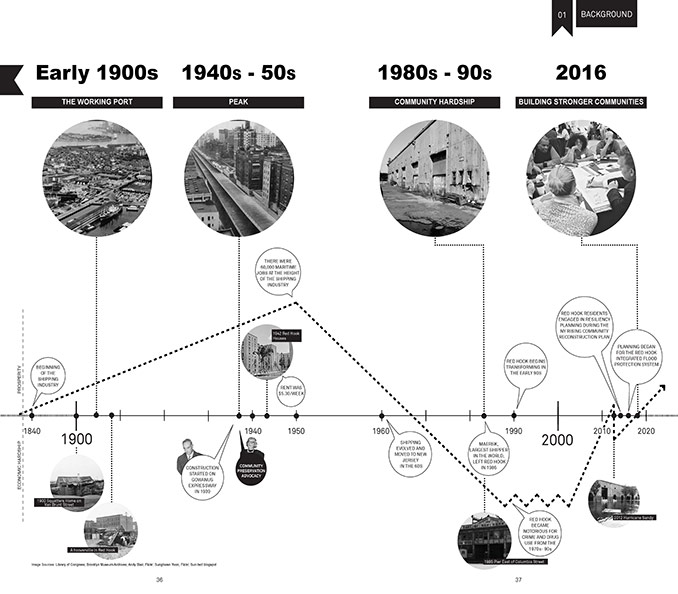
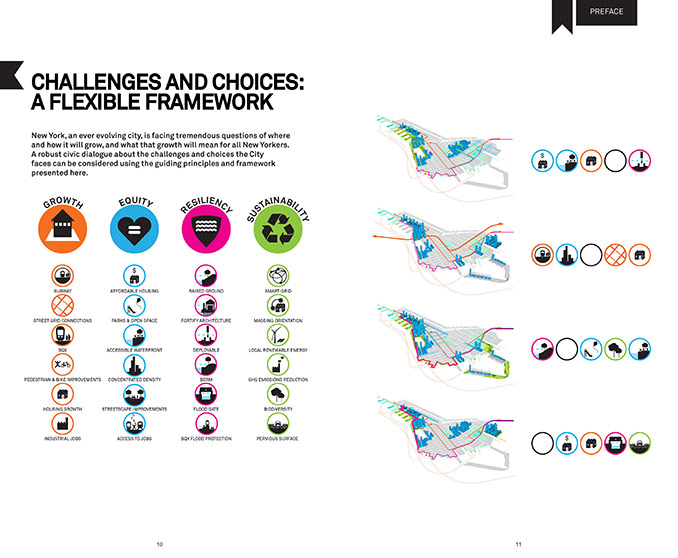
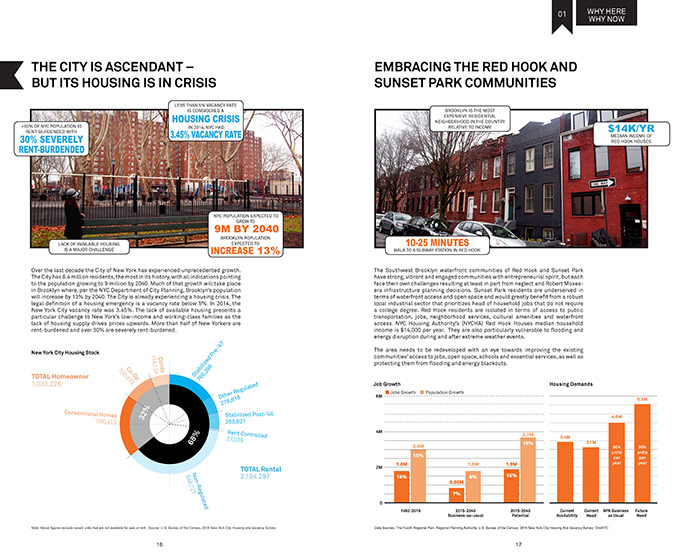
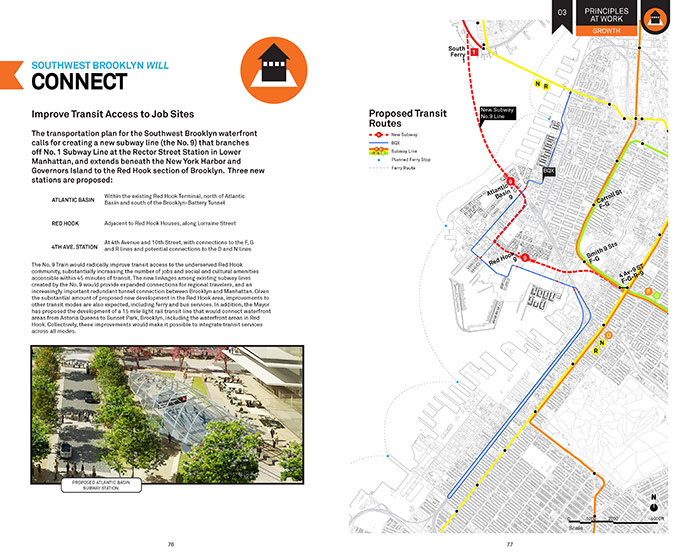
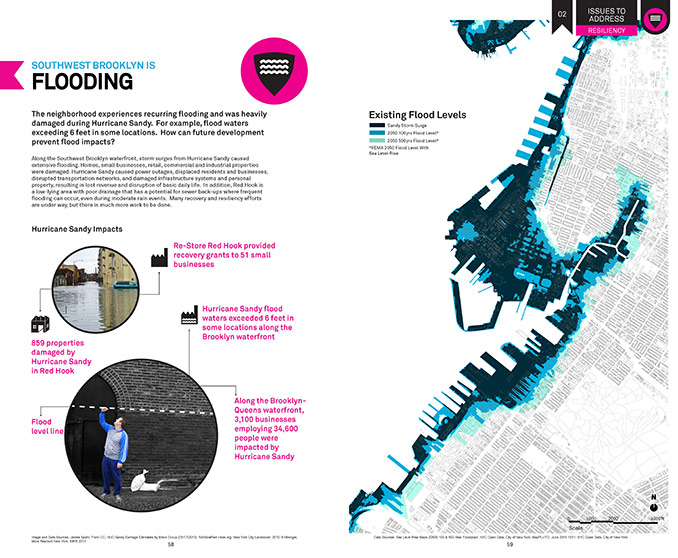
Throughout its history, three constants have formed the foundation of the City, each one fundamentally related to the other. Most importantly, they have endured, at times to the point of collapse, due to long-term civic engagement and vision. First, it was the basic environmental question of delivering fresh clean drinking water to a densely settled and rapidly growing population. Second, it was the transportation system—how to get people from home to work. Finally, it was housing, the growth and development of quality and affordable housing throughout the five boroughs. It has been these three pillars that have allowed the City to grow literally from a small fort at the tip of Manhattan to the global center it is today, changing and transforming, growing and contracting, but in every decade driving a new vision for a city not yet realized.
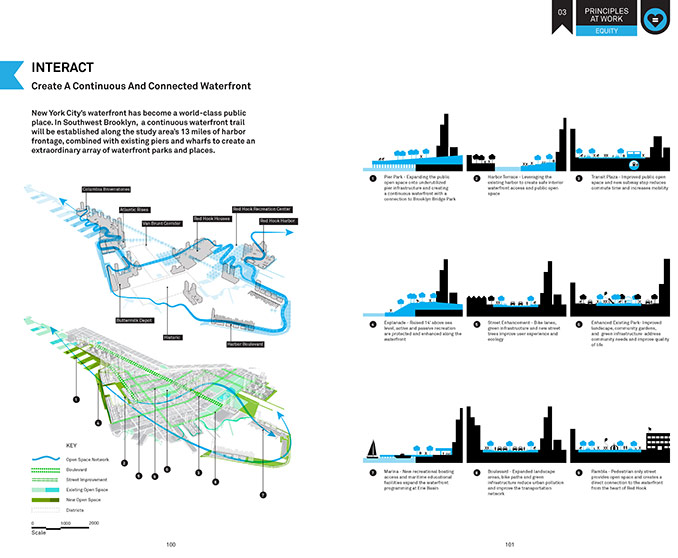
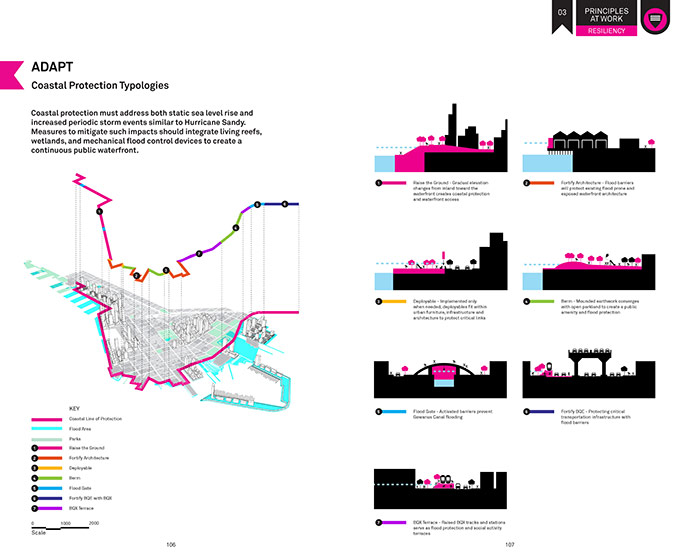
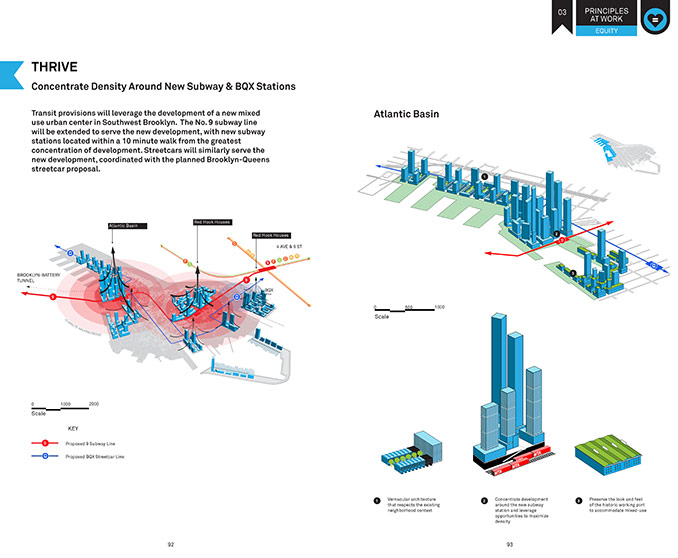
Today, the City faces a moment in time that will define its future for decades to come. Worldwide economic forces, questions of equity, the whole idea of what is a neighborhood, and dramatic climate change will drive and transform New York City regardless. The question becomes, can these questions be answered in a way that creates an equitable, sustainable and resilient city.
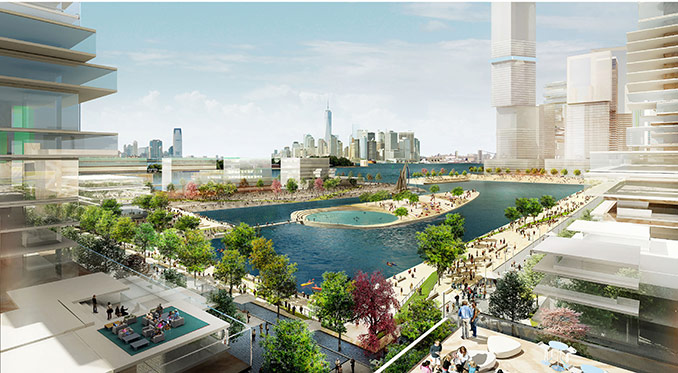
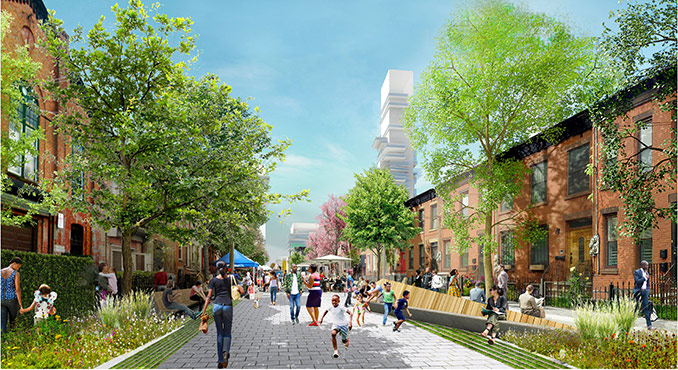
This document does not provide an answer to these challenges, rather it presents a framework for a civic discussion on how the City might balance these challenges, using Southwest Brooklyn as a way to ask that most basic question: What kind of city do people want to live in? It has as its foundation the same three pillars; the environment, now more broadly defined as climate change and sea level rise; the challenge of mobility, transportation, and the connectivity to create and maintain neighborhoods; and, a housing market that can accommodate all the people needed to live and work in the new economy. This document looks at these issues through the guiding principles of growth, equity, resiliency and sustainability. The future of the City will not be found in a single vision. It must be the result of a constant conversation with the City as a whole. Southwest Brooklyn might be where that conversation begins.
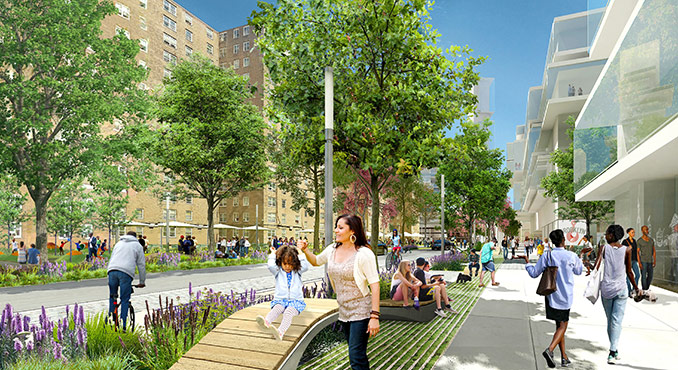
Project Design Lead | Gonzalo Cruz
Project Director | Chris Ward
Project Manager | Joel Sonkin
Urban Design | Susan Bemis, Lead; Anna Hochhalter, Thien Nguyen, Grace Miller, Andrew Liang, Keith Orlesky, Manuel Sanchez, Ignacio Bunster-Ossa,
Transportation | William Crowell, Lead; Marcos Diaz-Gonzalez, Atma Sookram
Architecture | Geoffrey Lynch, Lead; Xiaofei Shen
Environment| Robert Michel, Lead; George Leahy
Energy | Bill Abolt, Lead; Leah Milcarek
Sustainability | Jason Vollen
Water | Bill Pfrang
Economics and Triple Bottom Line | Paul Peninger, Lead; Avi Srivastava, Akanksha Raina, Tom Li, Ethan Burrows
Resiliency| Darcy Immerman, Lead; Claire Bonham-Carter
Global Cities | Stephen Engblom, Director

